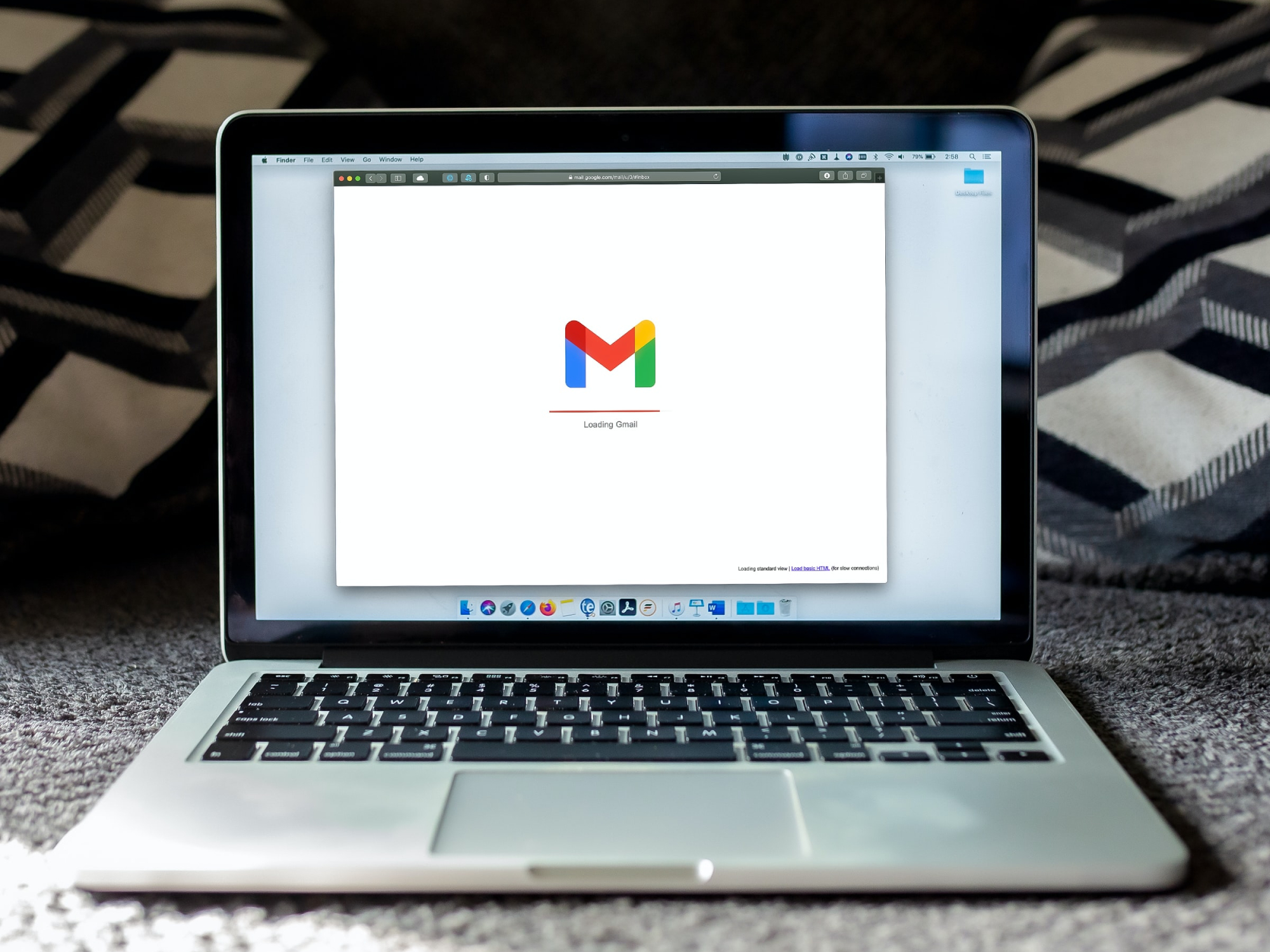

Often, email is a case of can’t live with it, can’t live without it. These messages are an essential part of modern-day communications, but sorting through them takes up an inordinate amount of time—time that could be spent doing something more productive.
Fortunately, if Gmail is your email service of choice, it has a number of features that will help you blast through your incoming messages. On top of that, there are plenty of add-ons that will assist you in getting down to an empty inbox—the coveted “Inbox Zero”—as efficiently as possible.
The key is offloading as much work as possible to automatic filters and other tools that will do some organizing for you, leaving you to deal with what’s really important. When you’re done, you should have a nice, clean Gmail inbox.
1. Get Gmail to prioritize your messages
If you haven’t set up tabs in Gmail, now’s the time to do it. Click the cog icon (top right in the web interface), choose See all settings, select Inbox from the labels at the top of the page, and find the Categories heading. For each box you check next to the options here, Gmail will add a new tab with that title to your inbox and sort all relevant emails into it. Click Save Changes at the bottom of the options screen to lock in your edits. As time goes on, Google will also try to guess which messages are important, and you can help it by clicking the importance marker (a right-pointing arrow) to the left of any truly significant conversation.

What’s more, you can drag emails between tabs to teach Google how to sort your messages in the future based on type or sender. How can this help you reach Inbox Zero in Gmail? Well, you can ignore the less important categories (like Social and Updates) until the end of the day, then spend a few minutes managing and processing these messages in bulk.
[Related: How Google Tasks can help you organize your Gmail inbox]
2. Set up your own filters
Filters are one of the key ways you can automatically organize your incoming messages. Click the filters icon (three sliders) on the right end of the Gmail search box to set up some search terms. Then click Create filter to set it up. You can also create new filters from individual messages by clicking the three vertical dots in an email’s top right corner and choosing Filter messages like this.

If you’ve got multiple email addresses coming into your Gmail account, for example, you can mark messages sent to other addresses as less important. Another option is to immediately archive certain emails and mark them as read—they won’t appear in your inbox, so less work for you, but they will still be available via search if you need them.
3. Get creative with Gmail stars
Right from the beginning, Gmail has avoided offering a folder system. Instead, you can use labels and stars to sort your messages. On the web, click the cog icon, then See all settings, and make sure you’re in the General tab. You’ll see a total of 12 types of stars you can use. To make more available inside your Gmail inbox, drag them from the Not in use row to the In use row.

How does this bring you and Gmail closer to Inbox Zero? By starring and archiving messages, you can clean out your inbox without losing track of important messages. You can view each star category with a simple search, such as “has:yellow-star” or “has:green-check“. To see the search term associated with each star, hover the mouse over the relevant icon on the Settings screen.
[Related: 29 Gmail keyboard shortcuts to help you power through your inbox]
4. Unsubscribe from everything you can
Gmail has a built-in unsubscribe feature to quickly get yourself off newsletter and notification lists you don’t want to be on. You should see an Unsubscribe link in the header of any compatible message. Essentially, Gmail is scanning messages for “unsubscribe” links and making them easier for you to find right up at the top.

At the start, this may feel tedious, but you’ll be amazed at the amount of time you can save by being ruthless with your subscriptions—all those seconds clicking the Delete button really add up. For something even more comprehensive, you can make use of an unsubscribe service that works with Gmail. Unroll.me is one of the best, and also lets you combine multiple incoming messages into a single newsletter.
This story has been updated. It was originally published on March 6, 2017.
